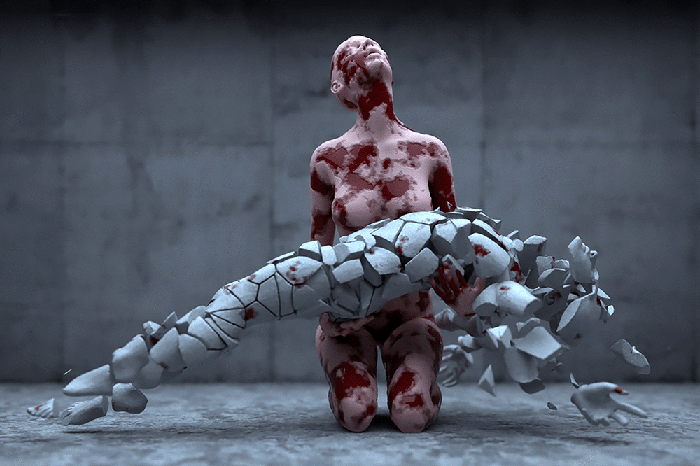
It is well known that Joseph Stalin of the Soviet Union and Josip Tito of Yugoslavia despised each other. Shortly after World War II ended, the two leaders and their respective countries became embroiled in a diplomatic struggle, largely because Tito refused to accept the Soviet Union as the leader of the Communist world.

What is not widely known is how Stalin's personal hatred of Tito and his country almost instigated a general war in Europe between the Communist East and the Free West over the fate of Yugoslavia.
15 years ago, John R. Schindler, a historian and national security scholar, published an article on the subject in Cryptologic Quarterly, a classified periodical maintained by the National Security Agency. The NSA recently declassified it. You can read the full text here.
In the article, Schindler describes how Tito became, in Stalin's mind, a terrible enemy of Communism that had to be destroyed at all cost:
In response, Stalin sought a direct military solution to his Yugoslav problem. Subversion and sabotage having failed, crushing the Titoist heresy with the might ofthe Red Army became the preferred option. The details of Soviet military planning to annihilate Titoism, suspected by NATO intelligence, were confirmed by the defection of General Bela Kiraly after the 1956 Hungarian revolution. Kiraly, appointed commander of Hungary's planned invasion force, witnessed the Soviet bloc's decision for invasion and the dramatic increase of his country's military in preparation for war. As Kiraly recounted, a Soviet colonel who visited his office in July 1951 castigated him for teaching officers the geography of any country but Yugoslavia: "Your students must be taught one battleground only, the territory of the enemy, Yugoslavia."
In 1948, at Stalin's behest, the international organization Cominform expelled Yugoslavia. The Western powers sought to exploit the split between Yugoslavia and the USSR, providing massive military aid to Tito. The USSR and its Warsaw Pact satellites made detailed war plans and engaged in large military maneuvers to prepare for an invasion of Yugoslavia. The Soviet Union expected that the West would fight to keep Yugoslavia out of its hands. But in Stalin's mind, destroying Tito would be worth World War III.
What stopped Stalin from going to war? The US response to the North Korean invasion of South Korea.
When Stalin saw that the US would fight immediately in response to a direct assault on a friendly state, he decided to let Yugoslavia go. Schindler writes that the American servicemen who served in the Korean War prevented World War III:
By their sacrifices, the doomed men of Task Force Smith, the heroes of Inchon, the scarred veterans of Chosin, prevented armageddon. They fully earned their rightful place alongside their older brothers in what we have lately termed "The Greatest Generation." It is fashionable today to hail the veterans of the SecondWorld War as "the kids who saved the world," and rightly so. Yet the fine young men of 1950 did no less, though few of them knew it then—or now.
-via Ace of Spades HQ




































































